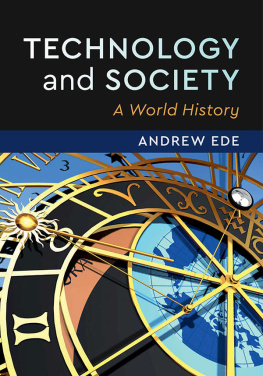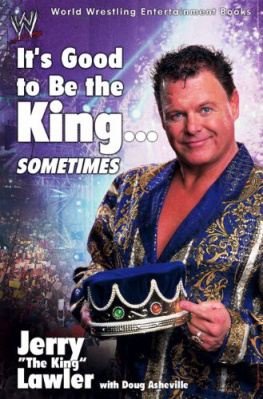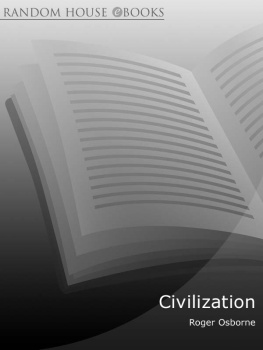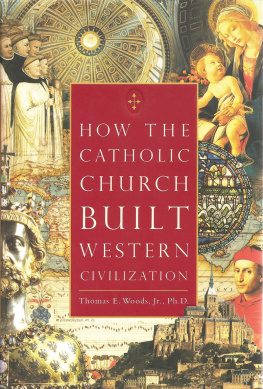For Finian
But that free servitude still can pierce our hearts.
Our life is changed; their coming our beginning.
Edwin Muir, The Horses
CONTENTS
INTRODUCTION
Follow the chicken and find the world.
Donna J. Haraway, When Species Meet
A dd up the worlds cats, dogs, pigs, and cows and there would still be more chickens. Toss in every rat on earth and the bird still dominates. The domestic fowl is the worlds most ubiquitous bird and most common barnyard animal. More than 20 billion chickens live on our planet at any given moment, three for every human. The nearest avian competitor is the red-billed quelea, a little African finch numbering a mere 2 billion or so.
Only one country and one continent are fowl-free. Pope Francis I regularly dines on skinless breast bought in the markets of Rome since there is no room for a coop in the tiny state of Vatican City. In Antarctica, chickens are taboo. Grilled wings are a staple at the annual New Years celebration at the South Poles Amundsen-Scott Station, but the international treaty governing the southern continent forbids import of live or raw poultry to protect penguins from disease. Even so, most emperor penguin chicks have been exposed to common chicken viruses.
These exceptions prove the rule. From Siberia to the South Atlantics South Sandwich Islands, the chicken is universal, and NASA has studied whether it could survive the trip to Mars. The bird that began in the thickets of South Asian jungles is now our single most important source of protein, and we are unlikely to leave the planet without it. As our cities and appetites grow, so does the population of, and our dependence on, the common fowl. Both the jayhawk and the man eat chickens, wrote the American economist Henry George in 1879, but the more jayhawks, the fewer chickens, while the more men, the more chickens.
Until recently I never thought to ask why this creature, out of fifteen thousand species of mammals and birds, emerged as our most important animal companion. My reporting took me to archaeology digs in the Middle East, Central Asia, and East Asia as I pursued the question of why and how our species abandoned the quiet hunter-gatherer life in favor of bustling cities, global empires, world wars, and social media. This mysterious and radical shift to urban life that began in the Middle East six millennia ago continues to transform the earth. Only in the past decade, for the first time in history, have more people lived in cities than the country.
When I heard that excavators working on an Arabian beach had evidence that Indian traders had mastered the monsoon to sail across the open ocean more than four thousand years ago, I pitched the story to a magazine. These adventurous Bronze Age sailors inaugurated international trade and helped spark the first global economy, carrying Himalayan timber and Afghan lapis lazuli to the great Mesopotamian cities as Egyptian masons put the finishing touches on the Giza pyramids. In my pitch, I mentioned to the editor that along with remains of ancient Indian trade goods, archaeologists had uncovered a chicken bone that might mark the birds arrival in the West.
Thats interesting, the editor said. Follow the bird. Where did it come from? Why do we eat so much of it? What is a chicken, anyway? I agreed, reluctantly, and a few weeks later I arrived in a seaside Omani village as the Italian archaeology team working at the beach site was returning from an afternoon swim in the Arabian Sea. The chicken bone? Oh, said the dig director, toweling his damp locks. We think it was misidentified. It probably came from one of our workmens lunches.
Since chickens didnt pull Babylonian war chariots or carry silks from China, archaeologists and historians have not given the bird much thought, and anthropologists prefer watching people hunt boar than feed fowl. Poultry scientists are fixated on converting grain to meat as efficiently as possible, not in tracing the birds spread around the world. Even scientists who appreciate the importance of animals in the making of human societies tend to overlook the fowl. Jared Diamond, author of the bestseller Guns, Germs, and Steel, relegates the chicken to a category of small domestic mammals and domestic birds and insects that are useful but not worthy of the attention due, say, the ox.
Underdogs and unsung heroes are journalistic red meat. The chicken is so underestimated that it is legally invisible. Although its meat and eggs power our urban and industrial lives, it is not considered livestockor even an animalunder American law if raised for food. Chickens do not always enjoy an honorable position among city-bred people, E. B. White noted. If they thought of chickens at all, it was as a comic prop straight out of vaudeville. Though Susan Orlean declared the chicken the it bird in a 2009 New Yorker article devoted to the popular backyard chicken movement, the dog and cat retain their joint title as most beloved pet.
If all canines and felines vanished tomorrow, along with the odd parakeet and gerbil, there would be much mourning but minimal impact on the global economy or international politics. A suddenly chickenless world, however, would spell immediate disaster. In 2012, as the cost of eggs shot up in Mexico City after millions of birds were culled due to disease, demonstrators took to the streets, rattling the new government. It was dubbed The Great Egg Crisis, and no wonder, since Mexicans eat more eggs per capita than any other people. The same year in Cairo, high-priced poultry helped inspire Egypts revolution as protestors rallied to the cry: They are eating pigeon and chicken, but we eat beans every day! When poultry prices tripled in Iran recently, the nations police chief warned television producers not to broadcast images of people eating the popular meat to avoid inciting violence among those who could not afford grilled kebabs.
The chicken has, quietly but inexorably, become essential. Though it can barely fly, the fowl has become the worlds most migratory bird through international imports and exports. The various parts of a single bird may end up at opposite ends of the globe. Chinese get the feet, Russians the legs, Spaniards the wings, Turks the intestines, Dutch soup makers the bones, and the breasts go to the United States and Britain. This globalized business extends to Kansan corn that plumps Brazilian birds, European antibiotics to stave off illness in American flocks, and Indian-made cages housing South African poultry.
A commodity appears at first sight an extremely obvious, trivial thing, Karl Marx wrote. But analyze it and the commodity turns into a very strange thing, abounding in metaphysical subtleties and theological niceties. As I pursued the chickens trail around the world, I found it full of surprising metaphysical and theological implications. Emerging from the Asian jungle as a magical creature, it spread around the globe, performing as a celebrity in royal menageries, playing an important role as a guide to the future, and transforming into a holy messenger of light and resurrection. It entertained us as it fought to the death in the cockpit, served as an all-purpose medicine chest, and inspired warriors, lovers, and mothers. In traditions from Bali to Brooklyn, it still takes on our sins as it has done for millennia. No other animal has attracted so many legends, superstitions, and beliefs across so many societies and eras.
The chicken crossed the world because we took it with us, a journey that began thousands of years ago in Southeast Asia and required human help every step of the way. It slept in bamboo cages on dugout canoes moving down the wide Mekong River, squawked in carts pulled by oxen plodding to market towns in China, and jostled over Himalayan mountains in wicker baskets slung across the backs of traders. Sailors carried it across the Pacific, Indian, and Atlantic Oceans, and by the seventeenth century, chickens lived in nearly every corner of every settled continent. Along the way they sustained Polynesian colonists, urbanized African society, and staved off famine at the start of the Industrial Revolution.












